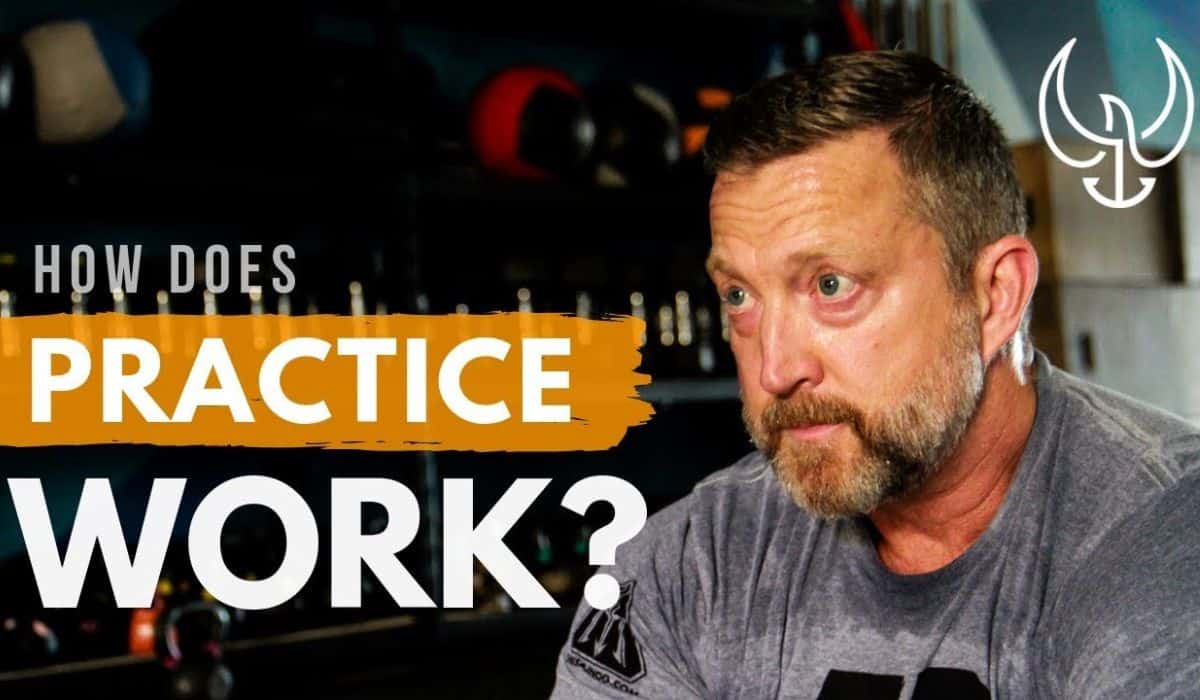Practice, practice, practice. How many times have you heard that phrase? When you heard it, did you just roll your eyes and go back to whatever you were doing? Or did you listen and get practice? In this post, I will teach why practice makes perfect and the myelination process.
While the phrase may be considered cliche, it’s a cliche for a reason. When done correctly and consistently, repetitive practice works. I could be just another person telling you to practice repeatedly, but I’d rather explain why repetitive practice is so important.
Muscle Memory
You’ve heard of muscle memory, where your body just knows what it needs to do. Like when you’re typing, swimming, or even shooting a gun. Your body is able to do these activities on autopilot because it has been repeatedly conditioned for that activity throughout years of practice.

When you’re doing something repeatedly, you’re literally rewiring your body’s nervous system. When you need to move, your body your brain sends an electrical impulse to the muscles involved via nerves and axons.
When you’re learning something new, say, how to reload your pistol properly, your body has no frame of reference for the necessary movement. This means that the electrical impulses sent to the muscles involved sometimes escape and the movement is imperfect.
Importance Of Practice
Next in why practice makes perfect and the myelination process. This is where practice comes in. Each time you practice a movement, your body creates a myelin sheath and wraps it around the nerves involved in the movement. The sheath reduces the number of escaped electrical impulses.
As more and more sheets are wrapped around the nerves from practice, the movement becomes more like muscle memory. Makes practice sound simple, right? Just keep doing it over and over again and you’ll eventually be able to do it without thinking about it.
Well, that’s only partially true. The key here is to practice the movement perfectly over and over again. This means taking your time and going slow so that the correct nerves are firing each and every time.
Slow, deliberate practice will build myelin sheath where you need it to achieve mastery over each specific movement. By training this way, you are literally paving your path to perfection.
That’s all in this why practice makes perfect and the myelination process. You can learn more about myelin sheaths and lots of other science-based education for accelerated learning by signing up for my free newsletter at ChrisSajnog.com.








